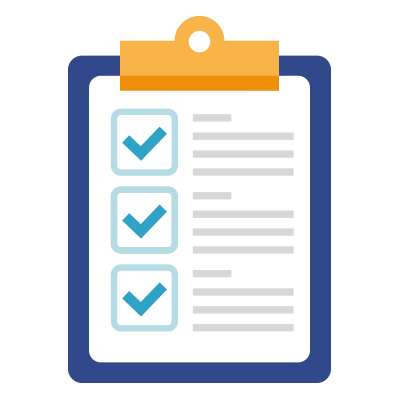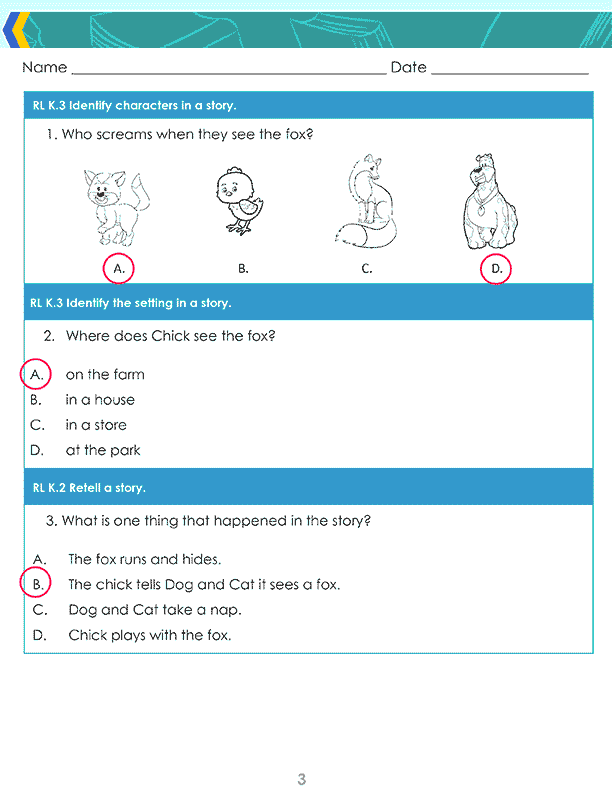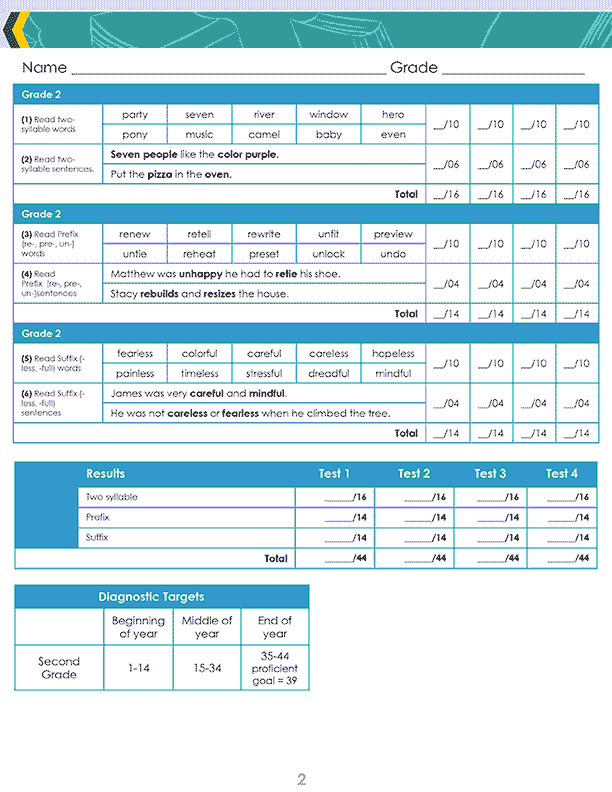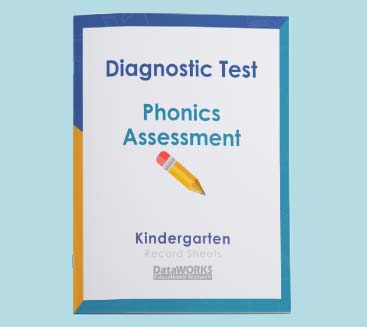Reading Diagnostic Assessment
Target instruction by determining where students score across five key literacy components.

Reading Comprehension
The ability to read text, process it, and understand its meaning.
Phonics
The correlation of sounds with letters or groups of letters.
Reading Fluency
The ability to read with speed, accuracy, and proper expression.
Phonemic Awareness
The ability to hear, identify, and manipulate phonemes.
Vocabulary
The body of words known to an individual.
Every situation is unique, allow us to tailor a solution that fits your needs
Work with one of our curriculum coaches to review which strategies will work best for your school.
Assessment Design
The Reading Diagnostic Assessment is designed to pinpoint at what grade level students are reading based on their mastery of the content within each literacy component. A student entering a grade should ideally display reading skills typical of the low end of that grade. For example, a student entering first grade should know all of the letter names and sounds of those letters; whereas a student entering fifth grade should be able to read a fifth-grade passage fluently.
But, the reality is that many students are not reading at grade level, so the Reading Diagnostic Assessment allows teachers to pinpoint the areas where further instruction or remediation is required for each student.
Assessment Logistics
The Reading Diagnostic Assessment is available as an online assessment, or it can be downloaded and printed for hand-scoring.

Sample Online Assessment
Sample Printed Assessment
Assessment Timeline
The assessment should be administered multiple times throughout the year. At the beginning of each school year, the assessment should be given to establish a baseline score for each student and to help teachers plan instruction or organize reading groups.
The assessment should then be repeated in the fall and spring to determine how much students have learned and what needs to be reviewed.
Finally, the assessment can be given a final time at the end of the school year to mark the highest level of literacy for that school year. The results from this end-of-year assessment can also be used in place of a baseline test at the beginning of the next school year, if needed.
Have Any Questions?
Please fill out the form to speak with a training expert from DataWORKs Educational Research.
We will reach out to schedule a meeting with you.
Alternatively, you can book a phone or Zoom appointment directly by following this link: https://dataworks-ed.com/book-appointment/








